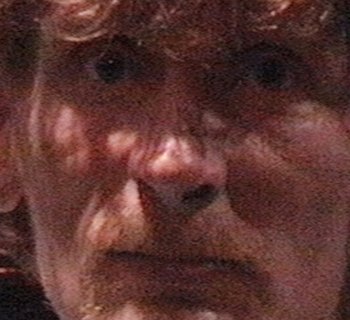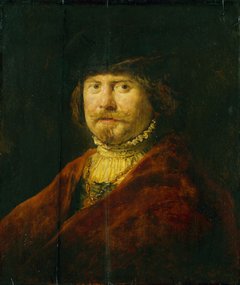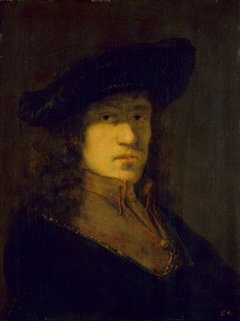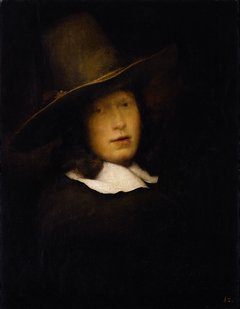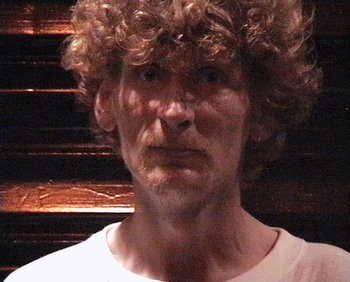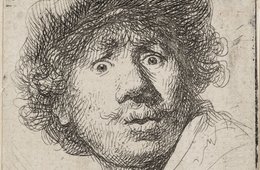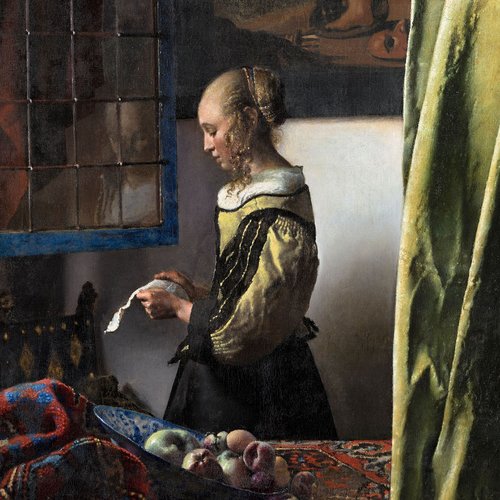[Translate to English:] Junks
The individual episodes in Junks, each three to four minutes in length, are assembled in such a way that they become autonomous portraits. Motionless and ‘sober’, they show not only the minimal movements of their subjects but also the imposition of focussing on the camera and finally their failure to do so. The diffuse background with its weak lighting is the product of the urban night in the Red Light District of Amsterdam, not far from Rembrandt’s house on Jodenbreestraat. The semi-darkness is reminiscent of the dim-glow in Dutch genre painting of the 17th century. However, more than anything we are shown the familiar setting, where the subjects being filmed find their shelter. The analogue soundtrack, which records disconnected talking in the background, also prevents us from forgetting the reality of the depicted persons.
